Detailed Overview of Technology Exercise
The concept of future travel that is Hyperloop is exciting in the technology chapter. It is a super-high speed train, which instead of passing through the air advances in vacuum tubes reducing the amount of resistance and accelerating up to stunning heights. The chapter follows the background of this idea starting with pneumatic tubes to inventions of Robert Goddard. Elon Musk revived the idea in his Hyperloop Alpha paper, proposing a fifth mode of transport that would be both cost-efficient and environmentally friendly.
In Working with words, the students develop vocabulary in mechanical systems and transportation. At the same time, the Comprehension section helps students understand how air resistance affects speed. Additionally, the section compares the Hyperloop to a Boeing 747 and describes features designed to enhance passenger comfort.
Moreover, the Critical Thinking part will help the learners think about the future of Hyperloop. They delve into the issue of the possibilities of such transport systems in Nepal and the limitations of infrastructure, in particular. Students will also propose policy changes and suggest improvements to public transport to reduce congestion.
The Grammar activities help students improve subject-verb agreement and use correct verb forms. By using specific exercises, students will inevitably acquire real-life grammar skills because they will be correcting sentences and paraphrasing paragraphs.
In general, technology chapter contains science, innovation, environment and language learning. It makes students critically think about the present transport systems and the chance of social change towards good.
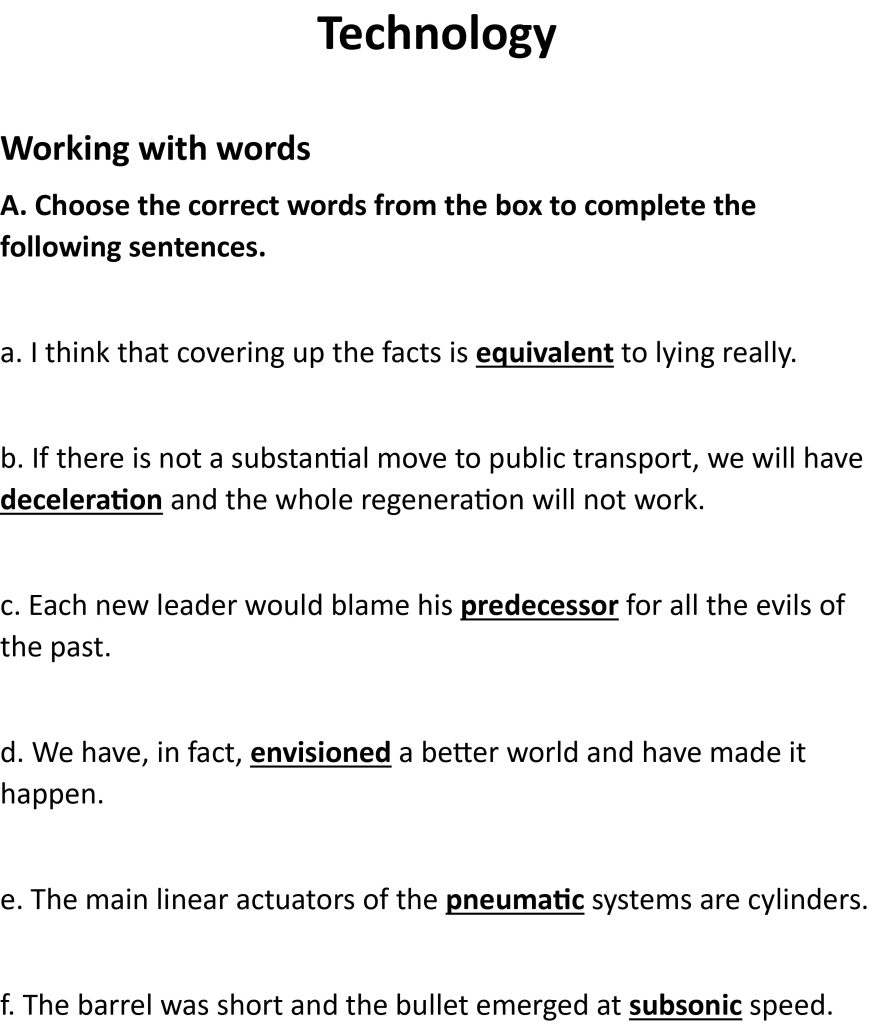
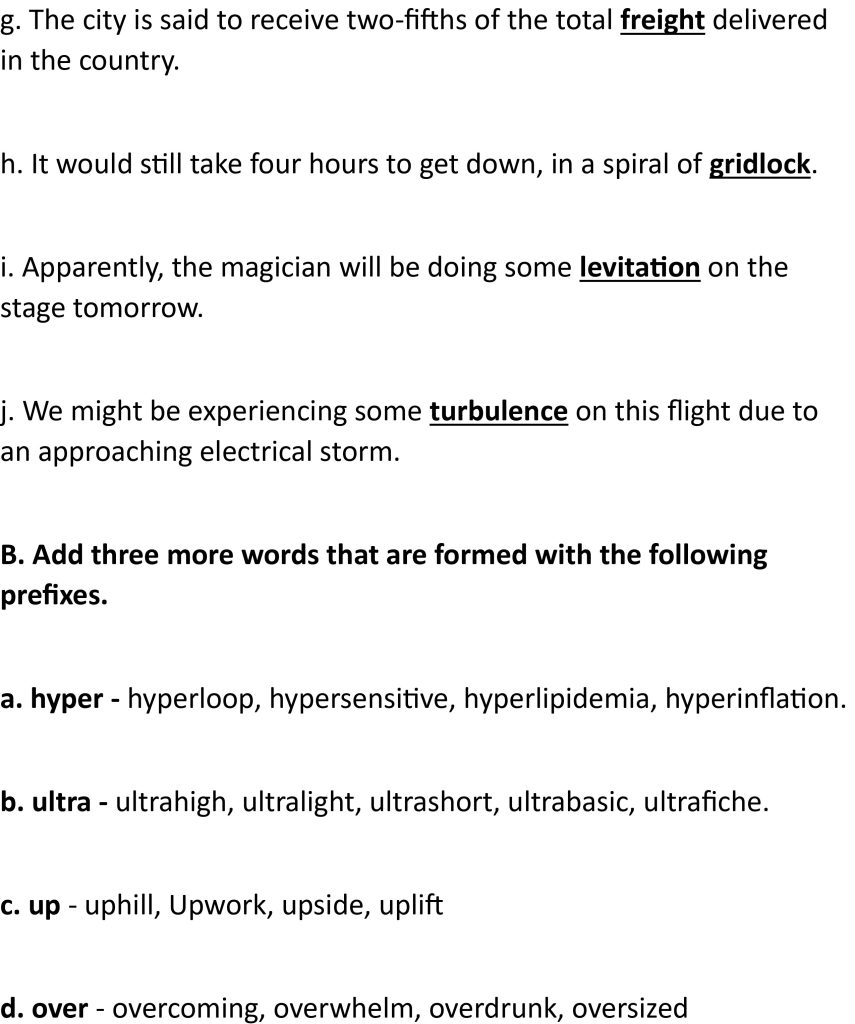
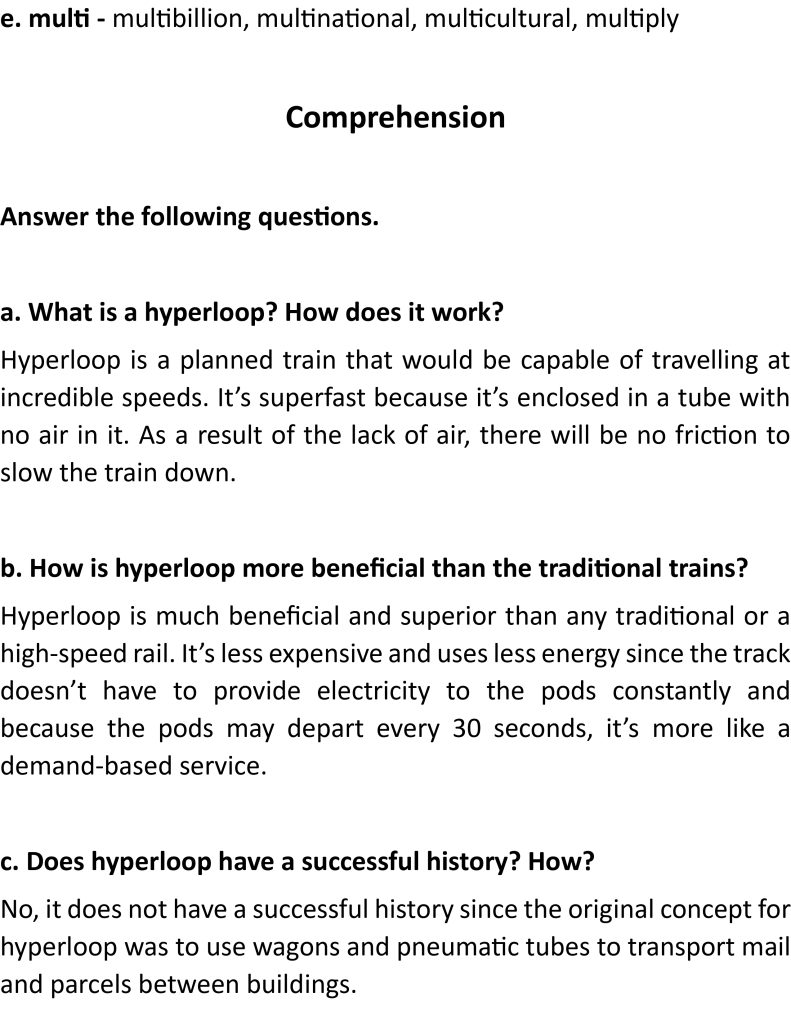
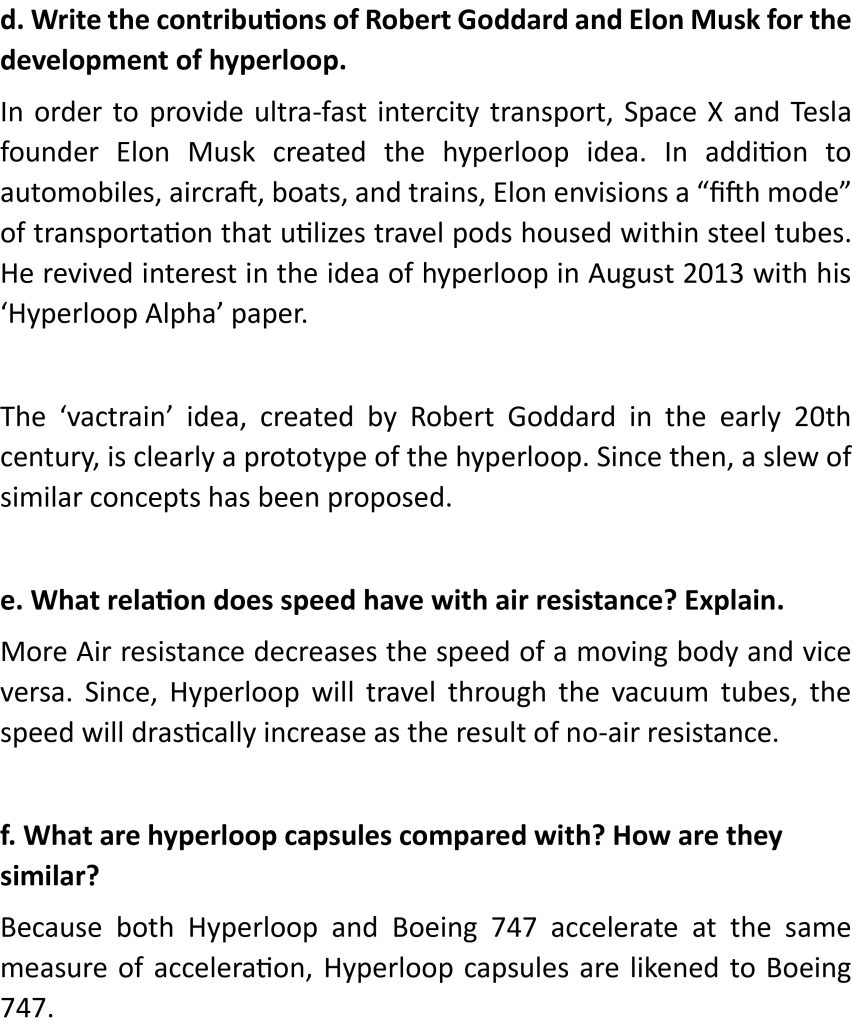
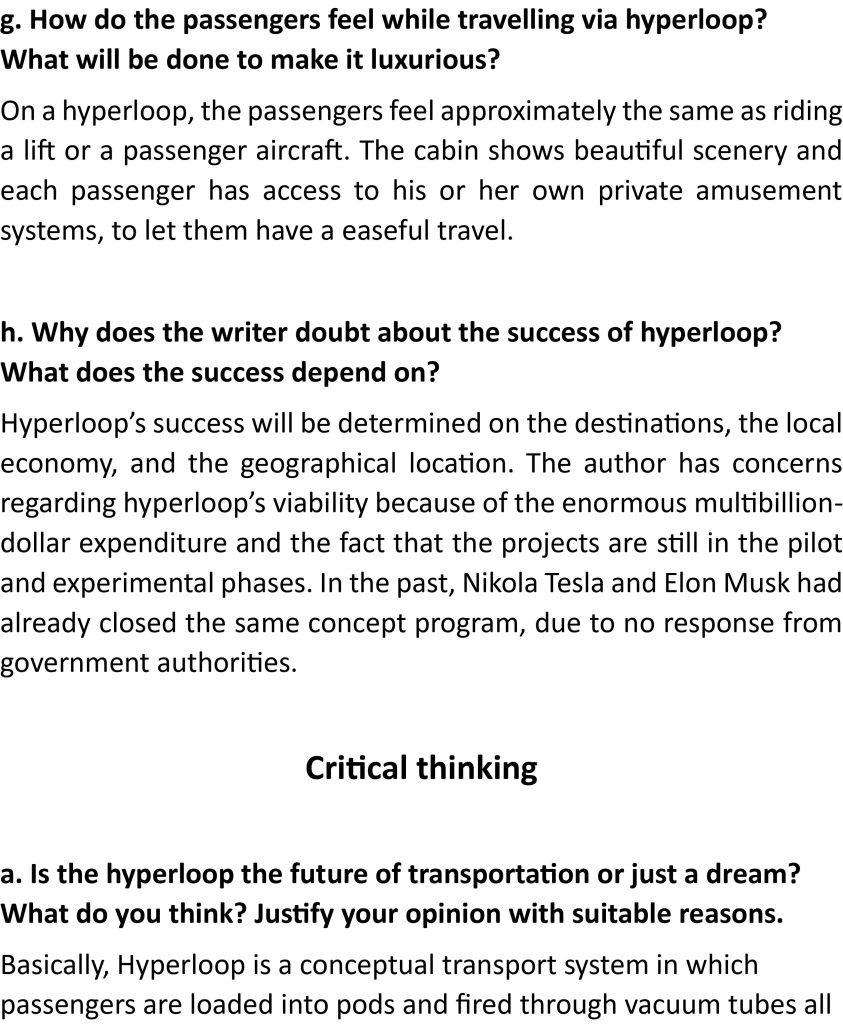
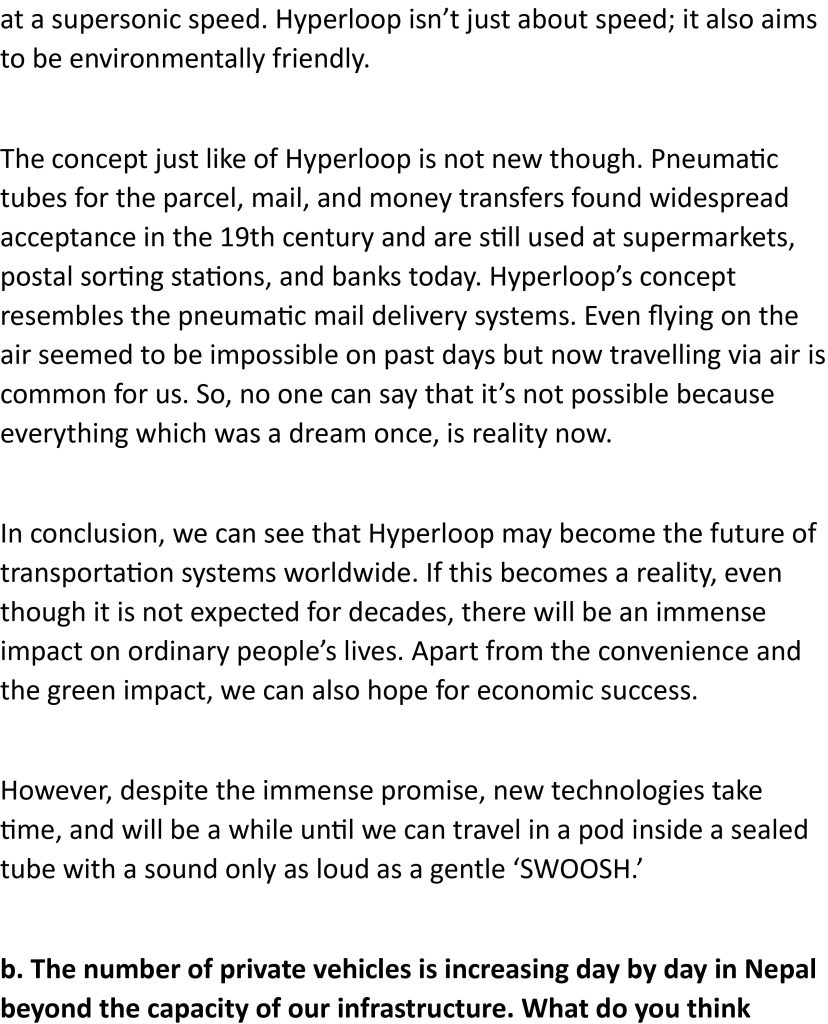
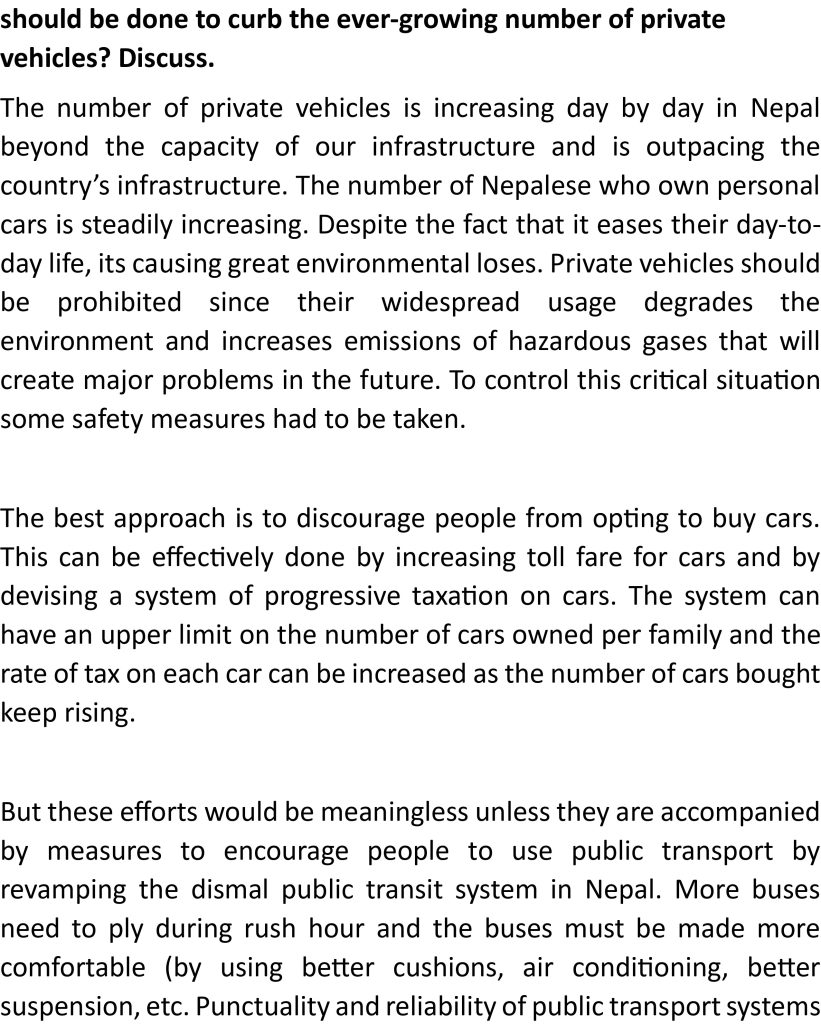

Continue reading the ‘Technology Full Exercise’ in Meroguru app



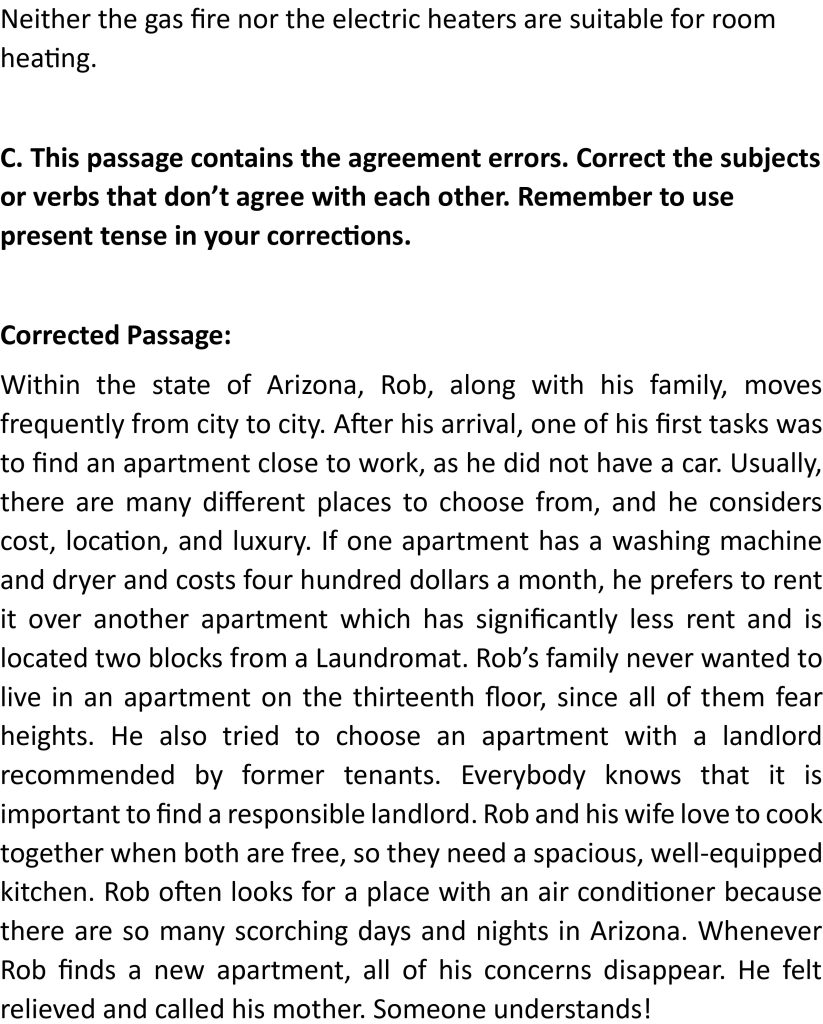

Summary of ‘Technology Exercise’
The chapter “Technology” from Class 12 English introduces students to the revolutionary concept of Hyperloop, a high-speed transportation system proposed by Elon Musk. It explores how this futuristic system works by sending passenger pods through vacuum tubes at incredible speeds using magnetic levitation. The text compares Hyperloop to traditional transport methods and highlights its advantages in terms of speed, energy efficiency, and reduced environmental impact. The chapter also reflects on the challenges Hyperloop faces—especially its high costs and uncertain future. The text acknowledges the influence of pioneers like Robert Goddard and encourages students to critically evaluate technological advancements and explore their potential impacts on society and infrastructure.
Key Takeaways ‘Technology Exercise’
- Hyperloop is a futuristic transport system proposed by Elon Musk using vacuum tubes and magnetic levitation.
- It operates in low-pressure tubes, drastically reducing air resistance and allowing supersonic speeds.
- The system promises to be faster, safer, and more energy-efficient than traditional trains or airplanes.
- Early concepts of the Hyperloop can be traced back to Robert Goddard’s vactrain idea.
- The success of Hyperloop depends on geographical, economic, and political factors.
- Passenger experience is expected to be smooth and luxurious, similar to flying in a modern aircraft.
- The chapter promotes eco-conscious innovation and sustainable alternatives to overdependence on private vehicles.
- Nepal’s increasing number of personal vehicles is presented as a case study for promoting better public transport.
- Important grammar focus includes mastering subject-verb agreement in complex sentences.
- The lesson includes vocabulary development through prefix-based word formation (hyper-, ultra-, over-, etc.).
FAQ:
What is the Hyperloop and how does it function?
In Class 12 English, Hyperloop is described as a high-speed transport system that operates using pods inside vacuum tubes, eliminating air resistance and allowing faster travel.
How is Hyperloop better than traditional trains?
Hyperloop is more efficient, uses less energy, is cheaper to operate, and allows more frequent and faster travel compared to conventional rail systems.
What technological principle allows Hyperloop to achieve high speed?
The absence of air resistance in vacuum tubes allows the pods to move at supersonic speeds with minimal friction.
Who proposed the modern concept of the Hyperloop, and who influenced it historically?
Elon Musk proposed the modern Hyperloop, inspired by Robert Goddard’s early 20th-century vactrain concept.
What are the economic and geographic challenges of implementing Hyperloop?
High installation costs, experimental status, geographic terrain, and the need for political and economic support pose significant hurdles.
How is the experience of traveling on a Hyperloop described in the Class 12 English chapter?
It is compared to riding in an airplane or lift—quiet, smooth, and luxurious, with individual entertainment systems.
Why does the writer remain skeptical about the success of Hyperloop?
Due to the high cost, pilot-phase status, and uncertainty in government cooperation, the writer questions its practical future.
How can Nepal tackle the growing number of private vehicles, according to the chapter?
By improving public transportation, increasing vehicle taxes, and promoting environmentally friendly alternatives.
What is the environmental benefit of using systems like Hyperloop?
Hyperloop systems produce fewer emissions and consume less energy, making them more sustainable than traditional transport.
What grammar concept is emphasized in the Class 12 English lesson “Technology”
The lesson focuses on subject-verb agreement, especially in complex and compound subject sentences.
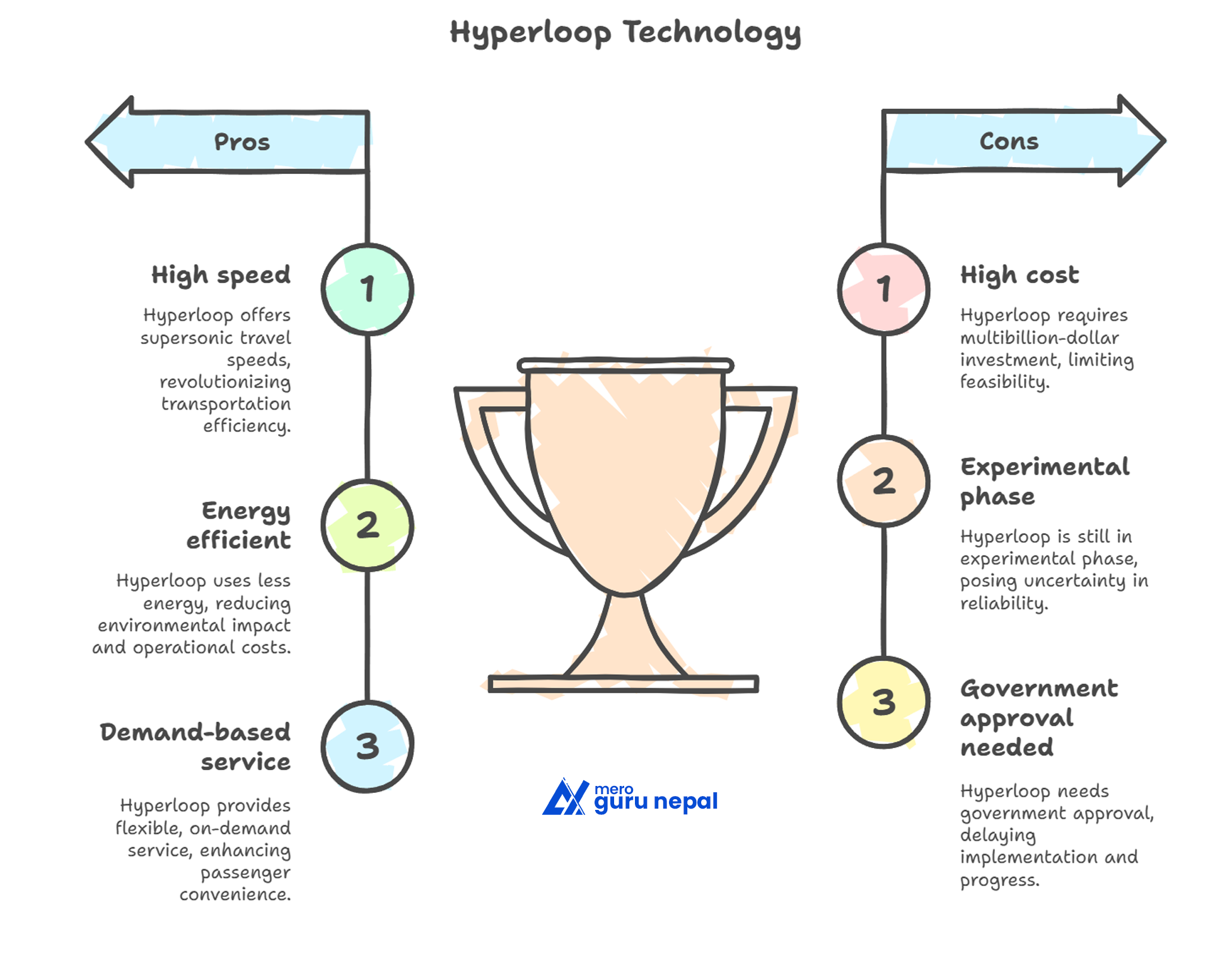
Leave a Reply